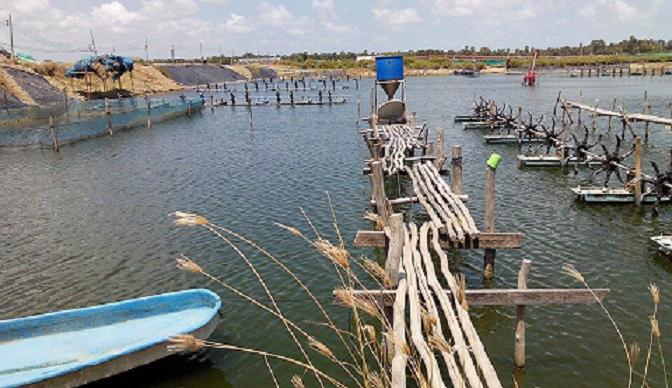
A study found that feed for salmon and trout had higher organic carbon concentrations than did catfish, shrimp and tilapia feeds.
Nitrogen and phosphorus concentrations were similar among salmon, trout and shrimp feeds, and higher than those in catfish and tilapia feeds. Whole body concentrations of organic carbon were greater in salmon and trout than in the other species. Salmon and shrimp had the highest whole body nitrogen concentrations. Phosphorus concentrations were greater in catfish and tilapia than in the other species.
The most effective way of reducing the water pollution potential of feed is by using high-quality feed applied in a manner that assures culture animals fully consume it.
LosordoIntensive aquaculture relies on manufactured feeds to promote animal growth. Through the addition of supplementary feeds, production can be increased many times more than by fertilization alone. However, with an increase in feed use without proper management in aquaculture, there is a corresponding increase in the potential for water pollution caused by organic matter and nutrients originating in feed.
In commercial feed-based production, only a portion of the applied feed – usually 70 to 95% – is eaten by the culture species. The uneaten feed, feces and metabolic wastes enter the water and can adversely impact water quality. Manufactured feeds can lose nutrients by leaching immediately after immersion in water. Hence, some nutrient loss occurs even before the feed is eaten. It has been estimated that 60 to 80% of the nitrogen and phosphorus in feeds passes into the water column.
Nutrients from feeding waste can lead to a number of problems, including dense phytoplankton blooms, low dissolved-oxygen concentrations and increased concentrations of ammonia and other nitrogenous substances. Impaired water quality stresses fish and shrimp, potentially affecting their appetites and predisposing them to parasites and diseases.
The nitrogen content of feed can be estimated from information reported on feed bags, but manufacturers do not normally provide the concentrations of carbon, phosphorus and other elements of interest in water pollution assessments. Hence, a study was recently initiated at Auburn University to obtain detailed data on the chemical composition of feeds from several countries and for a variety of aquaculture species.
Information Needed
Currently, the greatest need related to aquaculture and water pollution issues is more information on the concentrations of organic carbon, nitrogen and phosphorus in feeds. The concentrations of these compounds in feeds and whole bodies of culture animals are provided in Table 1 for five aquaculture species. Typical feed-conversion ratios for the animals are also included in the table.
Feed for salmon and trout had higher organic carbon concentrations than did catfish, shrimp and tilapia feeds. Nitrogen concentrations, as well as phosphorus concentrations, were similar among salmon, trout and shrimp feeds, and higher in these types than in catfish and tilapia feeds.
Table 1. Typical feed-conversion ratios, whole body compositions and feed compositions for selected aquaculture species.
Whole body concentrations of organic carbon were greater in salmon and trout than in the other three species. Salmon and shrimp had the highest whole body nitrogen concentrations. Phosphorus concentrations were considerably greater in catfish and tilapia than in the other species.
Results from the study indicated that the crude protein concentrations reported for the feed by manufacturers were similar to the protein values estimated from the nitrogen content of feeds measured in the study.
Oxygen Demand
The organic carbon and nitrogen in feeds that are not converted to the biomass of the culture species exert an oxygen demand. Part of the oxygen demand results from oxidation of organic carbon by the culture species and of organic wastes (feces and uneaten feed) by bacteria. The remainder of the oxygen demand is caused by nitrification.
Ammonia nitrogen from metabolism by the culture species and microorganisms of decay release ammonia that is oxidized to nitrate by nitrifying bacteria. The feed oxygen demand can be calculated as follows:
BODf = [Cf – (FCE × Cc)] × 2.67 + [Nf – (FCE × Nc)] × 4.57
Where BODf = Biological oxygen demand of feed (kg oxygen/kg feed)
Cf, Cc, Nf, Nc = Decimal fractions of carbon and nitrogen in feed and live weight of the culture species, respectively
FCE = Feed-conversion efficiency.
BOD Calculations
The biological oxygen demand (BOD) values were calculated for feeds for each of the five species (Table 2). The values ranged from 1.05 kg oxygen/kg feed for salmon to 1.16 kg oxygen/kg feed for shrimp. The average for the five species was 1.10 kg oxygen/kg feed.
The total oxygen demand per kilogram of production can be estimated by multiplying the feed BODs by the feed-conversion ratio (FCR). The total oxygen demand for production of the five species ranged from 1.16 kg oxygen/kg for salmon to 2.22 kg oxygen/kg for channel catfish (Table 2).
Table 2. Biochemical oxygen demands (BODs) and loads of nitrogen and phosphorus associated with feed used to produce 1 kg of five common aquaculture species.
The quantities of nitrogen and phosphorus entering culture systems can be estimated by subtracting the amounts of each element removed in the harvesting of 1 kg of the culture species from the quantity of each element applied in feed necessary to produce 1 kg of biomass. The equation for this calculation is illustrated below using nitrogen:
Nw= [(Nf × FCR) – Nc ] × 103 g/kg
Where Nw = Nitrogen waste in g nitrogen/kg culture species
FCR = Feed-conversion ratio
Nf and Nc = Decimal fractions of nitrogen in feed and culture species, respectively.
Waste loads for nitrogen ranged from 72.4 g/kg for trout to 88.0 g/kg for ictalurid catfish, with an average value of 76.6 g/kg. For phosphorus, values ranged from 12.5 g/kg for salmon to 19.9 g/kg for shrimp, with an average 0f 16.4 g/kg. Estimated percentages of the two nutrients added in feed that would enter the waters of culture systems ranged from 66.7% (salmon) to 78.7% (ictalurid catfish) for nitrogen and from 86.1% (shrimp) to 67.3% (tilapia) for phosphorus. Averages were 73.2% for nitrogen and 76.9% for phosphorus.
In ponds, a large portion of the feed BOD and waste nitrogen and phosphorus are assimilated within the system and not discharged in effluent. In raceway culture, some of the wastes may be removed by sedimentation in the ends of raceway units and disposed of on land. In cage culture, the entire waste load enters the receiving waters directly.
Perspectives
The most effective way of reducing the water pollution potential of feed – both within culture systems and in the water bodies receiving aquaculture waste – is through attention to feeds and feeding practices. High-quality feeds that contain no more nitrogen and phosphorus than necessary should be used. Feed should be applied in a manner to assure that culture animals eat essentially all of it. Good water quality should be maintained in culture systems to avoid stress that adversely affects the appetite of the culture species.
Presently, the digestibility of feed ingredients and processing technology play significant roles in improving feed quality and making feed more friendly to the environment. The addition of highly digestible ingredients in feeds can increase absorption and retention, as well as reduce wastage by reducing nutrient excretion.
Extrusion technology contributes significant positive impacts to the aquatic feed industry. Extrusion pellets have high stability and are durable, which reduces leaching and results in less wastage of nutrients and environmental pollution.
Source: Sirirat Chatvijitkul, School of Fisheries, Aquaculture and Aquatic Sciences, Auburn University – Claude E. Boyd, Ph.D., School of Fisheries,
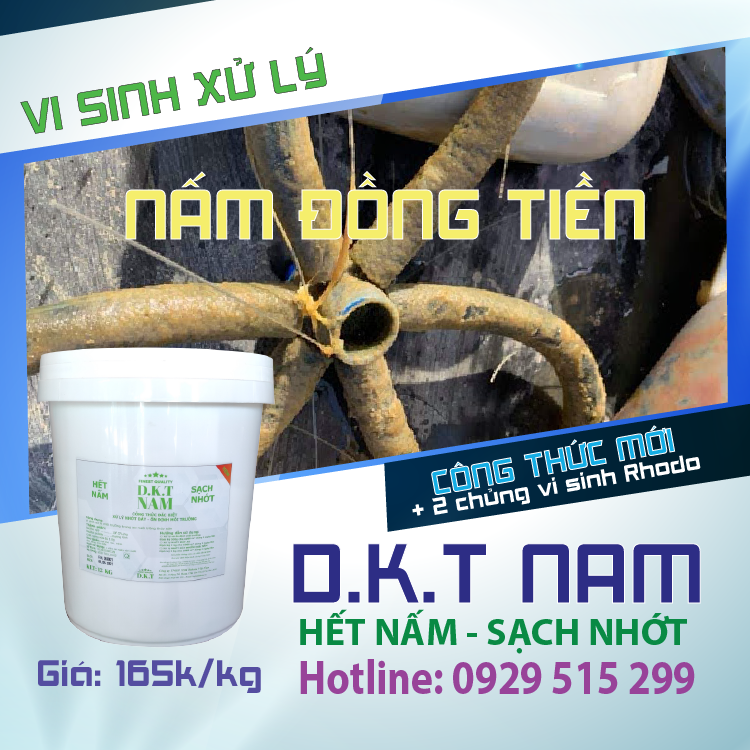




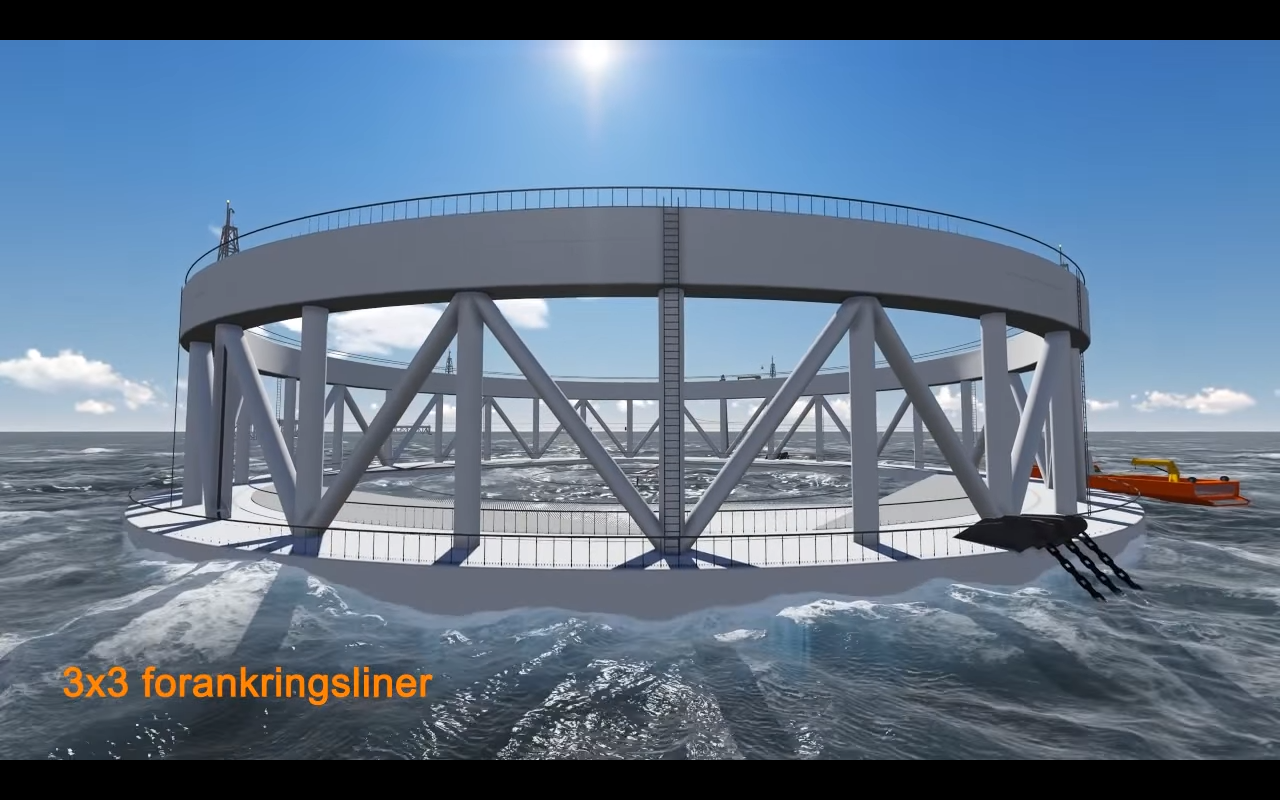
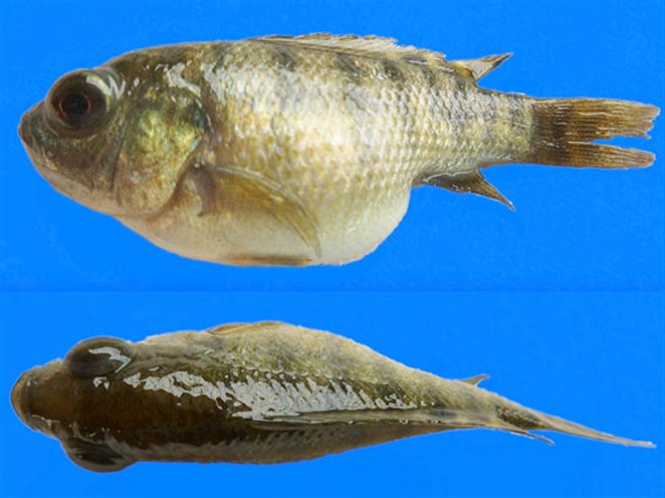
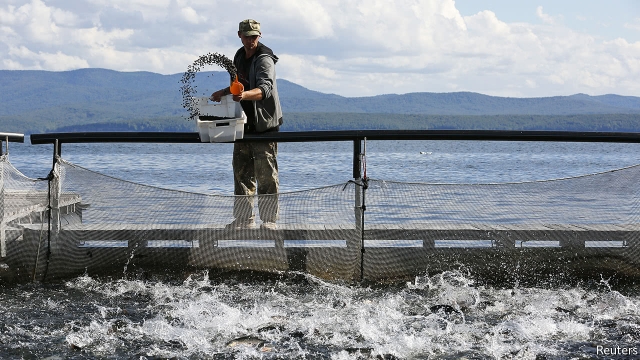
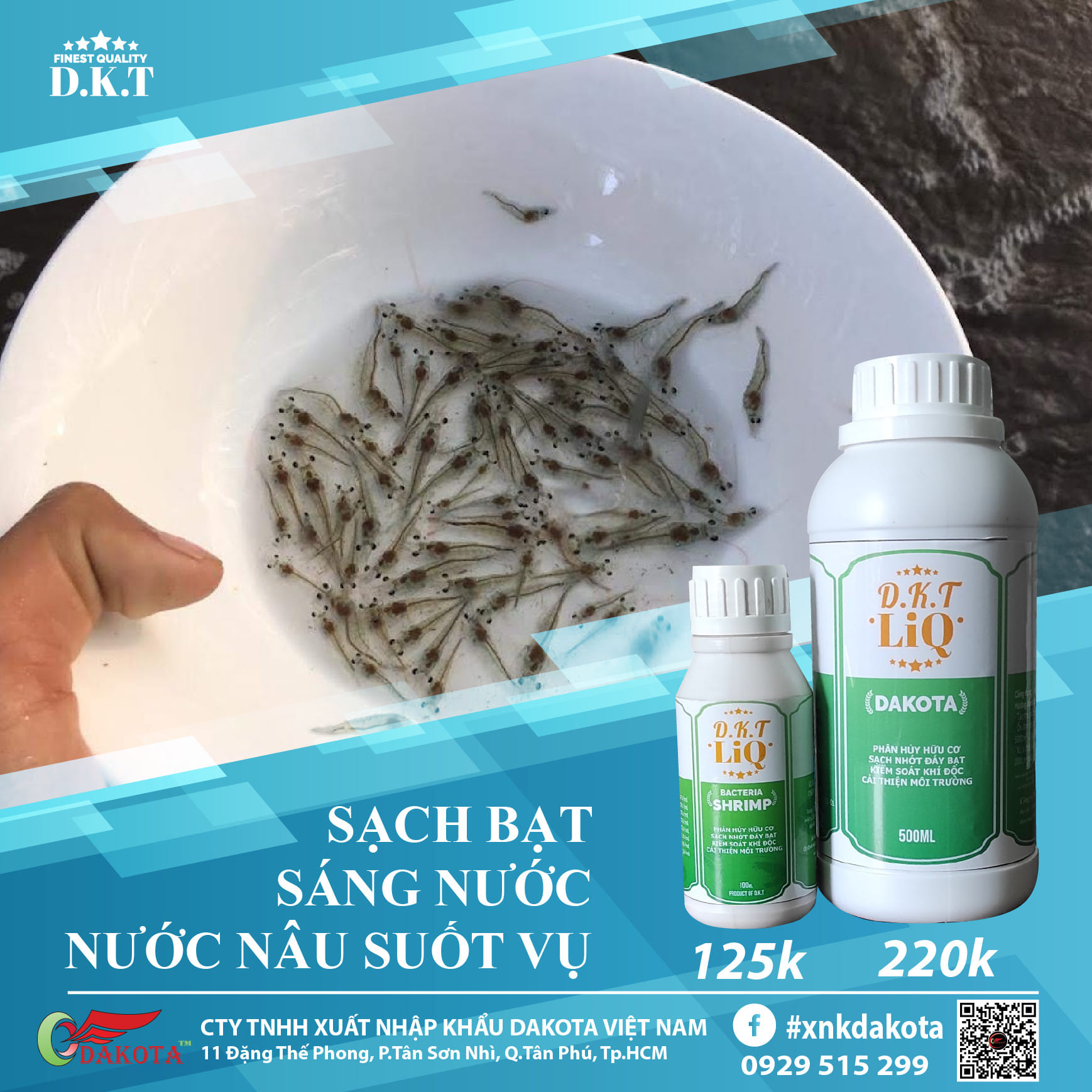
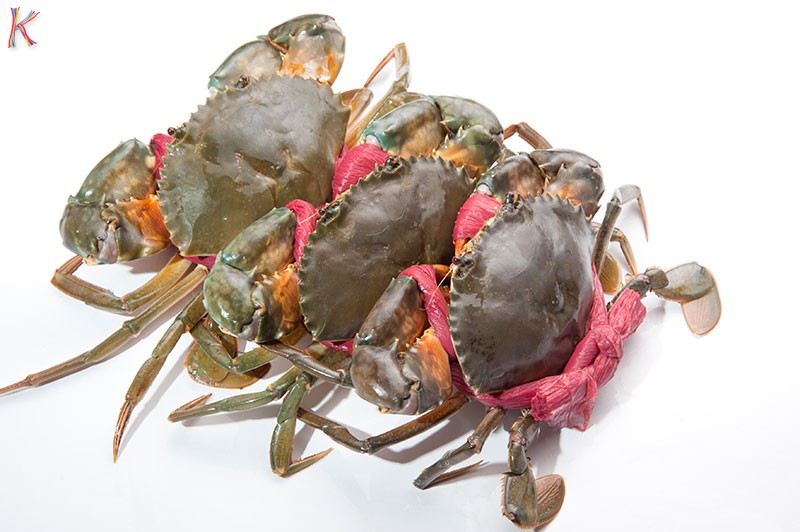
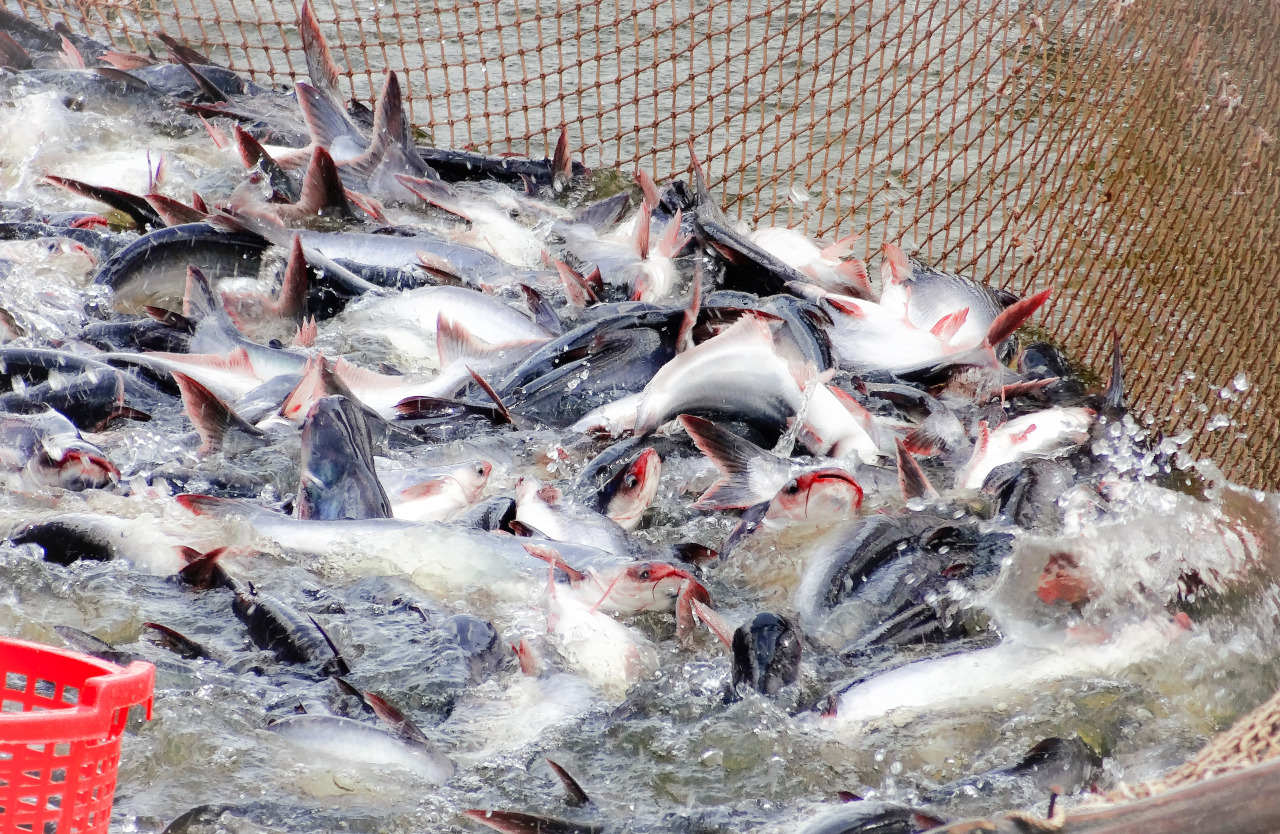
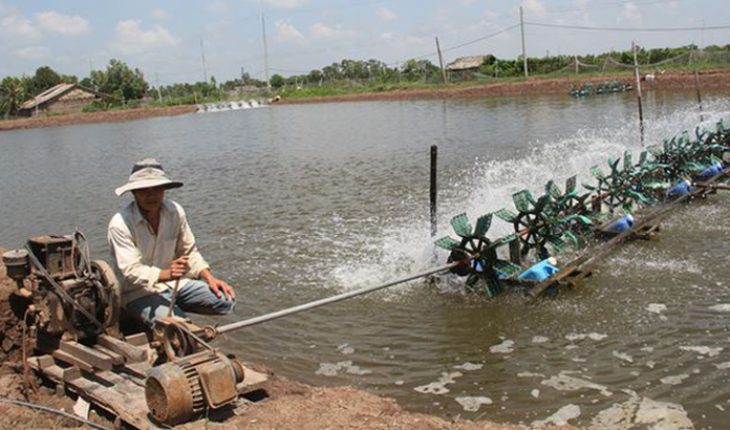
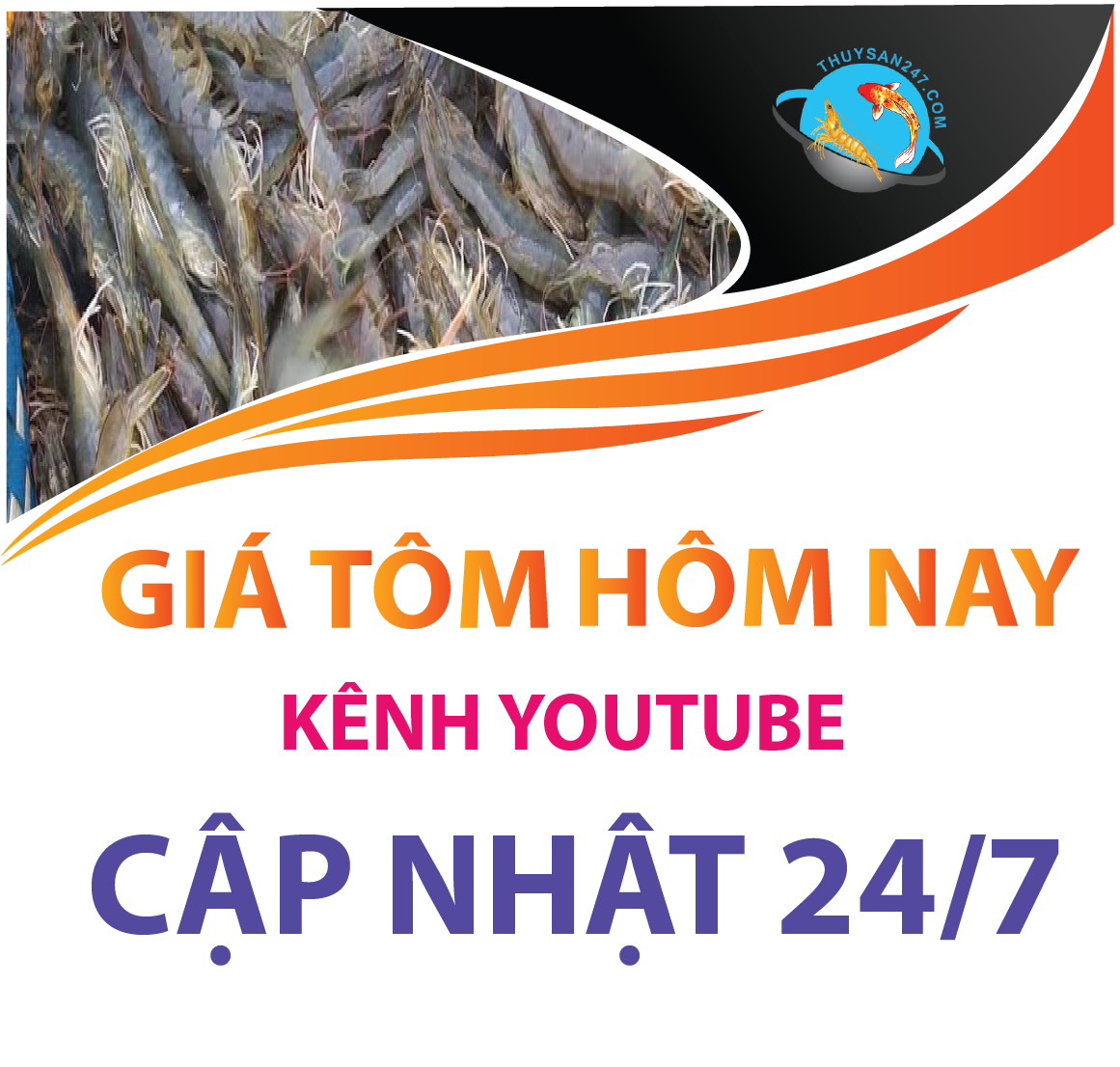
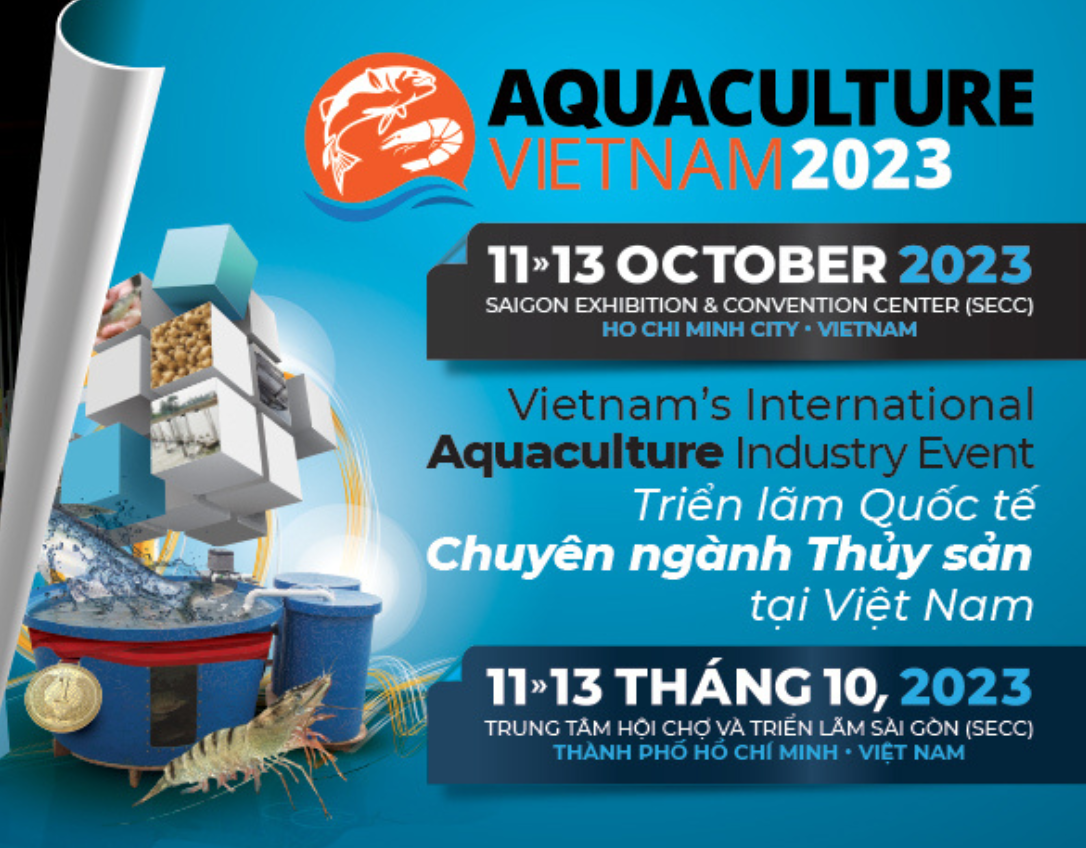
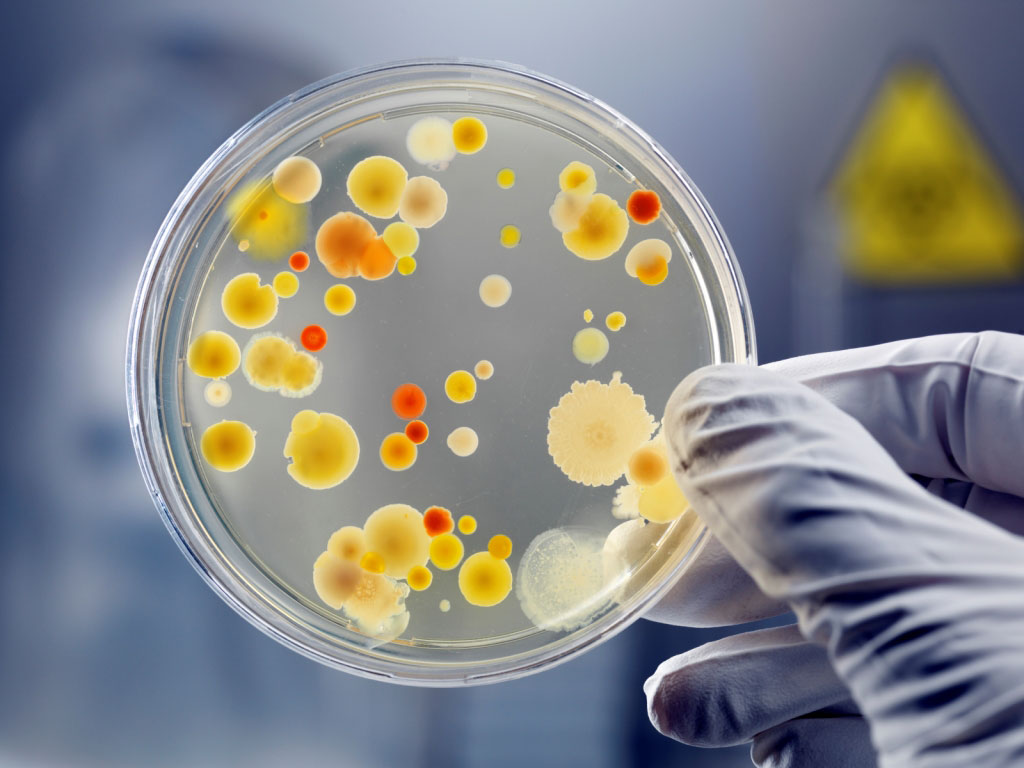
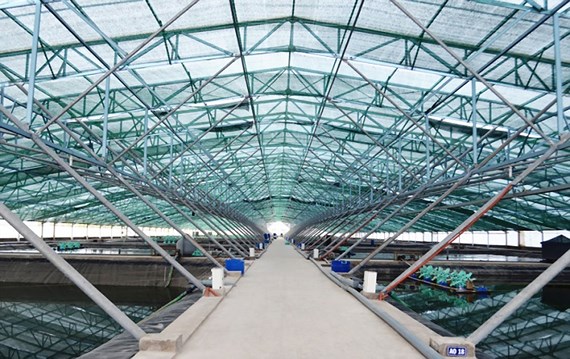
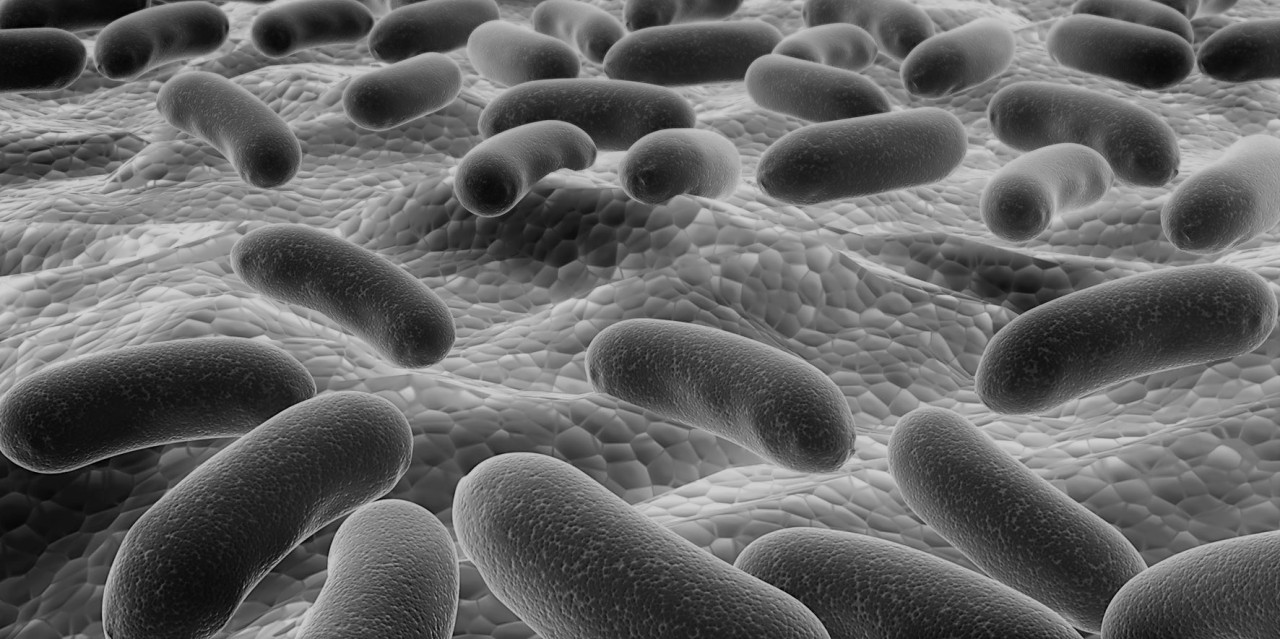

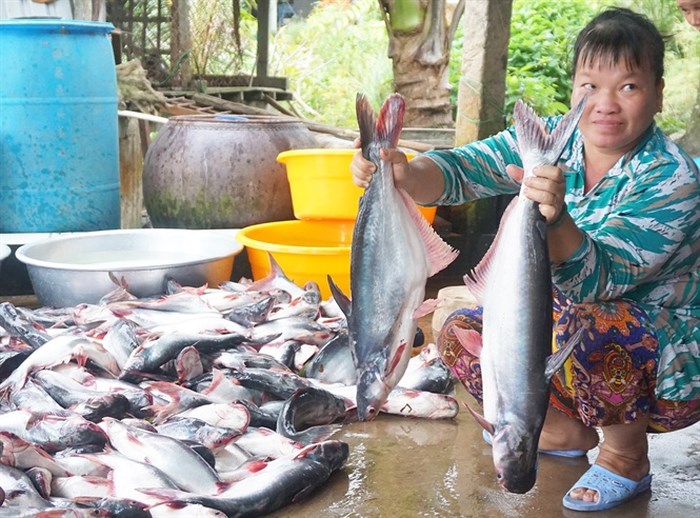
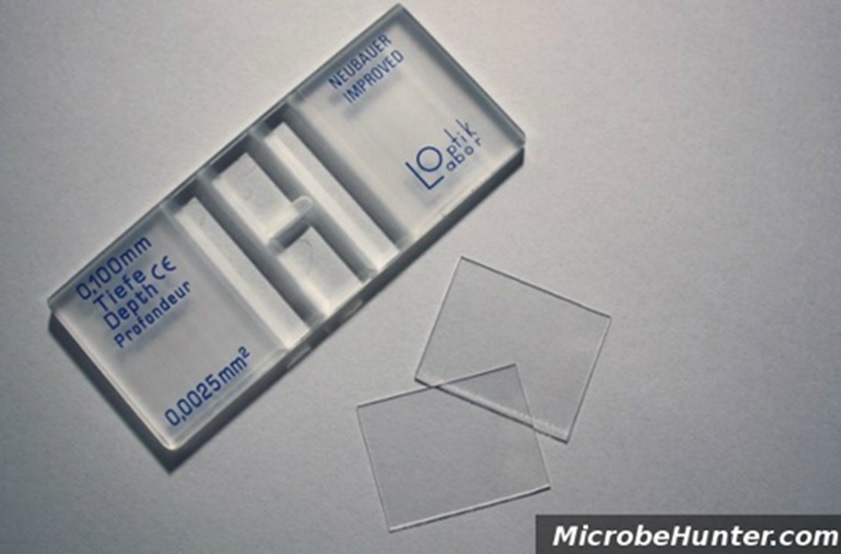
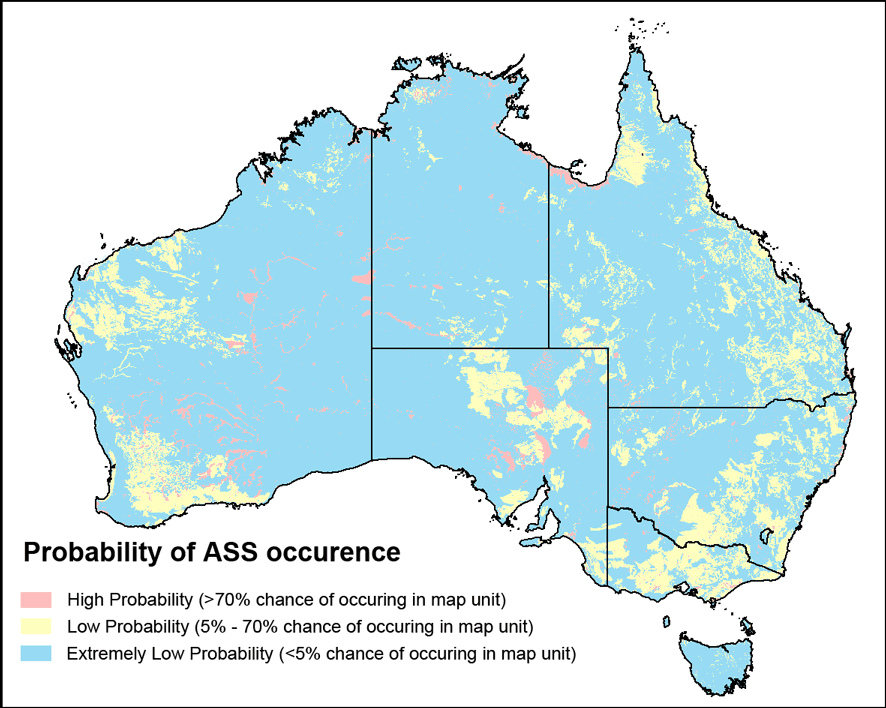
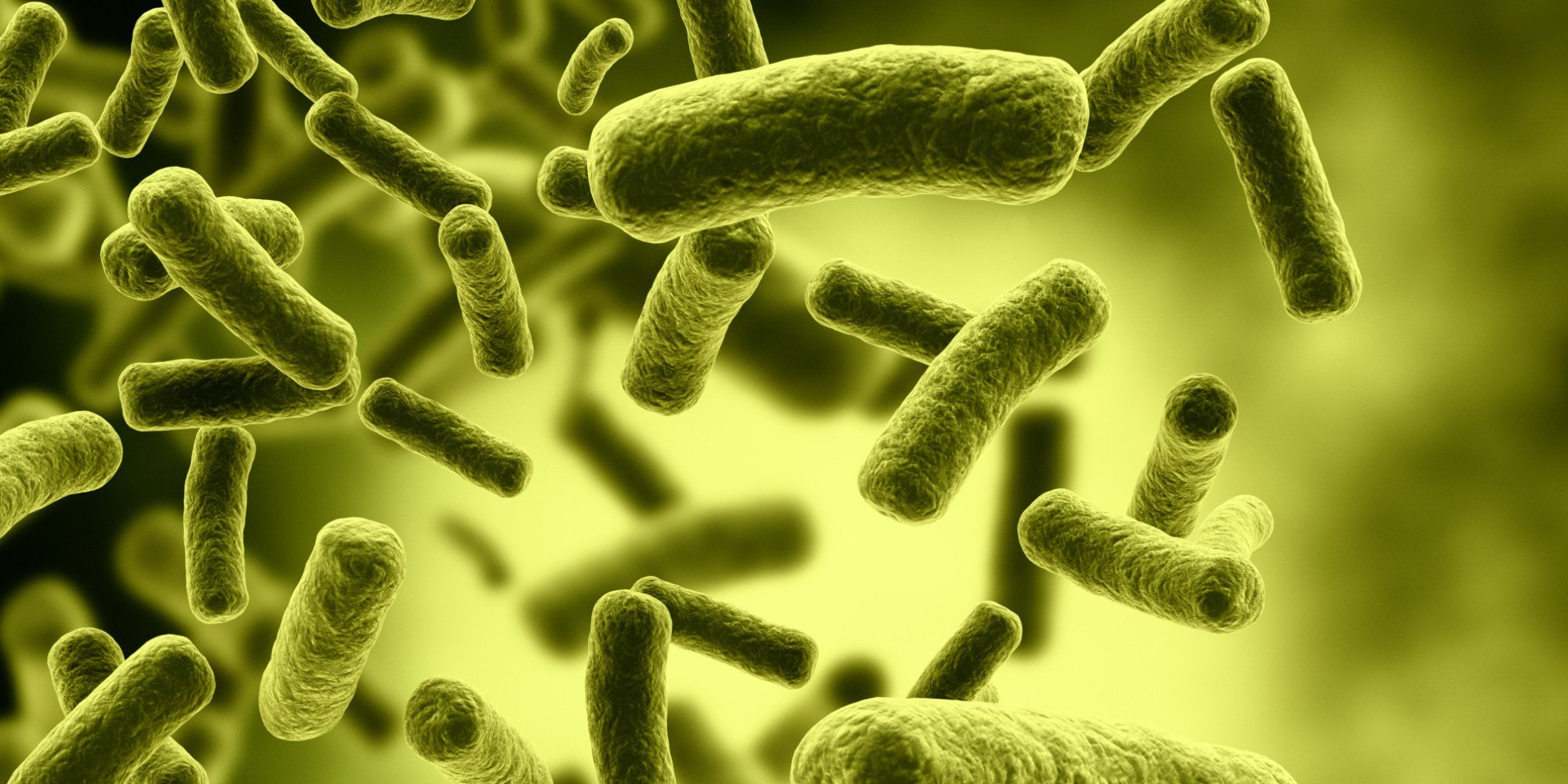
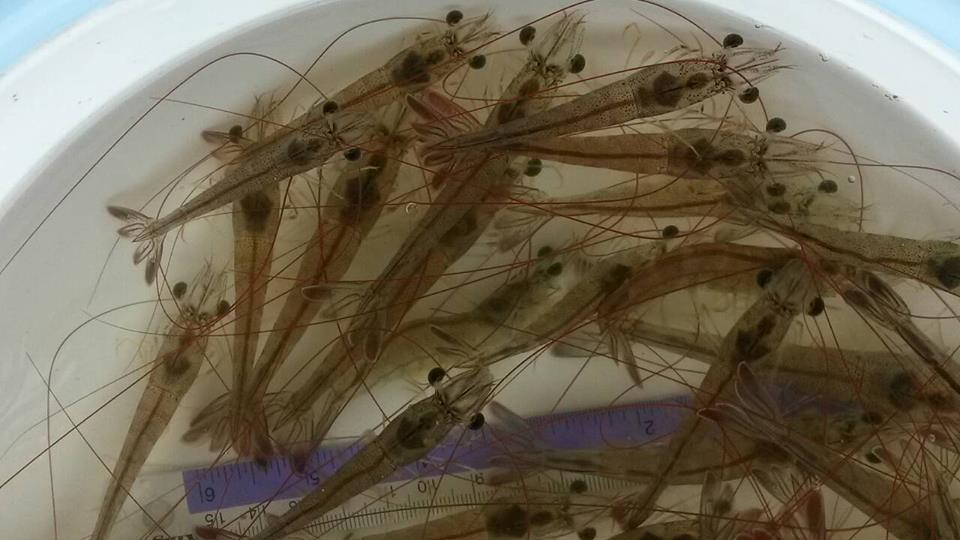
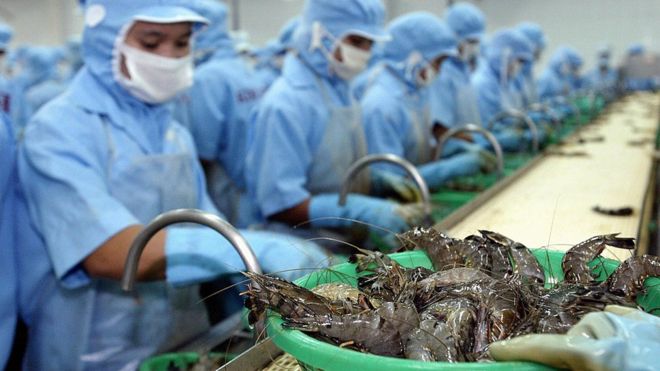
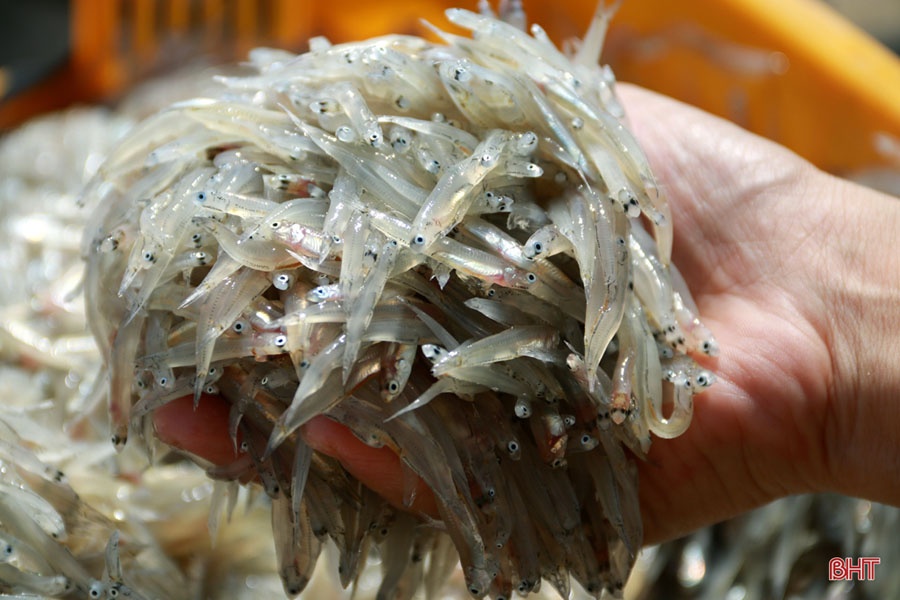
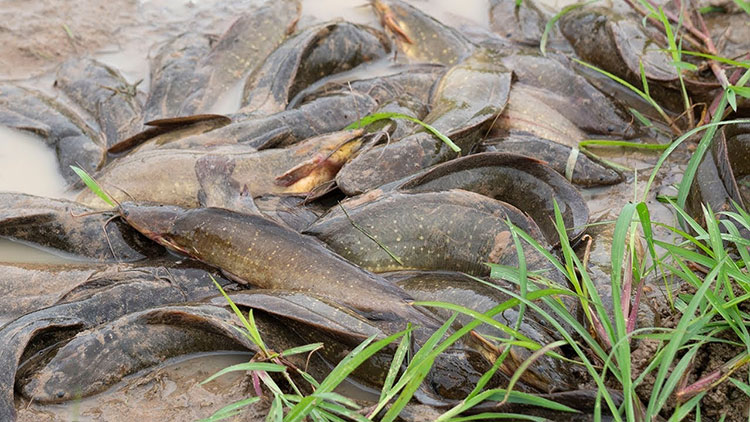
Bình luận bài viết